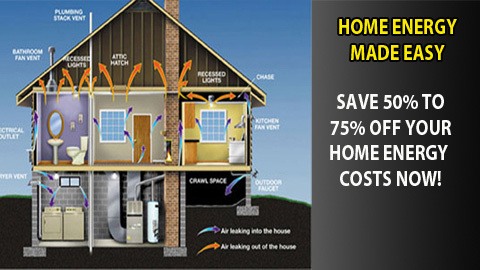
“
All living beings, not just animals, but plants and microorganisms, perceive. To survive, an organic being must perceive - it must seek, or at least recognize, food and avoid environmental danger.”
Lynn Margulis

In terms of sustainability and environmental sustainability, hydroponics grow systems can be a complex system for improvement. It eliminates pests and diseases transmitted from the soil and improves water absorption and unlimited absorption of plant nutrients with proper nutrition.
The yield can be incredibly high from hydroponic growing. Water agriculturalist has developed several separate systems for domestic and commercial use. Hydroponic grow systems are available in all shapes and sizes and can be adapted to almost any budget.
Here are the are six main types of hydroponic grow systems.
Aeroponics system
Aeroponics are technically different from hydroponics, but are usually referred to as another hydroponic system. The reason for technically distinct aeroponics is that the roots of plants are aerial or suspended. It is a highly advanced technique that needs careful attention.
The roots of the plants are sprayed with nutrients. The pump pumps the nutrient solution through the system to jam the roots, while the roots are lifted or suspended, ensuring optimal oxygen levels. Due to the constant care and attention of this system, the more accurate your surgery is, the better the result.
With nutrient film technology (NXT) systems, the nutrient used in pneumatic systems is analyzed, augmented and reused. Some aerobic systems erode roots in cycles, while others mistake roots continuously.
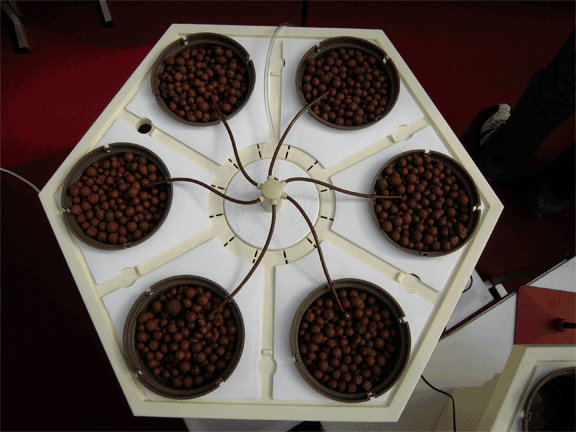
Flood and drainage system
Flood and drainage systems are also known as drainage and flow systems. These systems are water-based systems, meaning that plants grow in trays filled with moisture-retaining materials known as "growing media".
This water system is called flooding and drainage, because the farming trays are regularly filled with nutrient-rich water. The growth medium is absorbed by the nutrient solution and additional drains (or drains) in the tank. During the drainage / drainage process, air is also drawn around the roots of the plant, giving more oxygen. The drainage and drainage process is controlled by pumps and timers.
The simplicity and effectiveness of flood and drain systems, also known as ebb and flow systems, is why they often choose home systems.
Nutrient Film Technique (NFT System)
Nutrient Film Technique (NFT System) is one of the most common and most widely used aquatic methods in the world. The growth and reproduction of plants and vegetables in NFT water system is highly effective and ensures proper crops with proper implementation.
NFT is an aqueous method that combines thin streams or "membranes" of a solution at the roots of plants. When a stream or a thin layer of nutrient solution passes over the roots, it absorbs nutrients from the water, making it a highly effective way to grow with soil.
It is often chosen as a means of commercial enhancement due to the performance of this system. The NFT system can grow many different vegetables and crops, including variations such as lettuce and tomatoes.
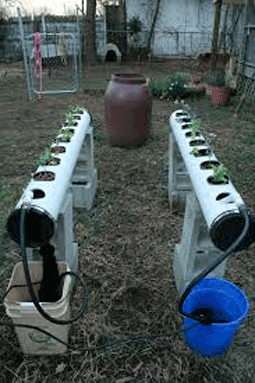
Deep Water Culture
it is another type of aquaculture that involves the suspension of plants on a nutrient solution, but the roots of the plant are completely submerged in nutrient-rich water. This method provides easy access to a nutrient solution as well as a healthy source of oxygen.
Thanks to this system, the roots of plants are suspended directly in the nutritional solution. They are usually made of polystyrene, which rises like a crack above the solution. Then you cut holes in the foam for the plants.
The most important part of the system is the air pump connected to the air stone. This causes air bubbles to flow so finely that the roots can breathe. Otherwise, fully submerged roots will suffocate
Wick hydroponic System
Wick system is the simplest type of water system which is easy to use and easy to construct. There are no moving parts in this system, all you need is a planting tray and a water tank.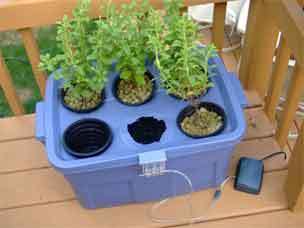
Drip system
In this hydroponic grow system, the nutrient solution is pre-fed to the plants through thin tubes. The flow is controlled by different transmitters. More absorbent media require slower runoff compared to less absorbent media.
This is an advanced system that can satisfy the needs of a serious breeder and amateur. It cannot be used with organic nutrients that can clog emitters. This hydroponic growth system involves the use of a thin stream of nutrient solution flowing through the roots of the plant.
This system is suitable for large units of growth and can be easily installed at home. However, it is ideal only for plants with a sufficiently large root system to take advantage of the flow.
Wick Feeding Systems
This is the most basic hydroponic growing system. He uses an absorbent wick, such as a nylon rope, suspended between the plant’s nutrient solution and the nutrient solution reservoir.
The worm absorbs nutrients depending on how quickly the plants absorb it. A sufficiently absorbent substrate is required for this system, such as a combination of perlite with vermiculite or coconut. This system can be built using simple materials at home and is ideal for hobby farmers with few plants.
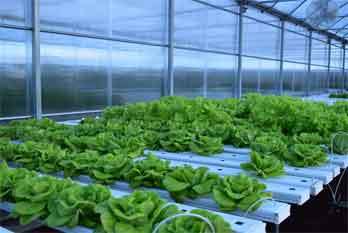
Reservoir system
This is another simple hydroponic system that is more advanced. Instead of a wick, containers with plants go directly to the nutrient reservoir.The right hydroponic grow systems for you depends on the plants you want to grow, and you can commit the number of future activities and water activities. A well-known hydroponics expert is the best place to get advice if you are not sure.
More and more people are being educated for the health benefits of eating habits; and with the increased cost of vegetables, fruits and herbs in the supermarket; Hydroponics at home is becoming increasingly popular. Everyone can grow using hydroponics at home, from several indoor plants (flowering or not) to vegetables and herbs.
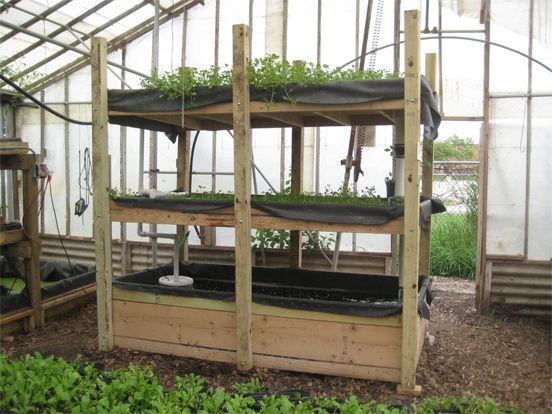
Aquaponic is a marriage between fish farming and hydroponics. Protein and vegetables in one unit
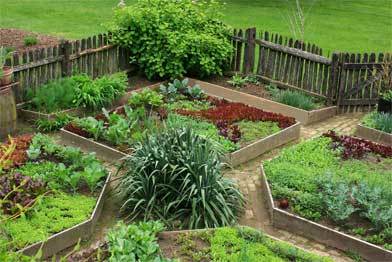
With urban gardening you can transform even the smallest piece of land into a food farm for your family.

Solar Hot Water Collector: The Best Guide to Building and Installing a Solar Hot Water System
Hello there, fellow solar enthusiasts! It’s great to be talking with you

Hybrid Solar Wind Power Generation System: Best Comprehensive Guide to Building Your Own Renewable Energy Solution
Hello there! If you are looking for an alternative energy source that

Solar Heating System: Best Comprehensive Guide to Building and Installing a Solar Heating System
As a solar heating system expert, I have seen firsthand how this

Solar Cooling: How to Keep Your Home Cool with Solar Energy?
Hey there, folks! As a solar cooling consultant with years of experience

Stand Alone Solar Power System: How to Build an Off-Grid Solar Power System for Your Home?
As the demand for sustainable energy solutions increases, stand alone solar power

Solar Heating Systems: The Different Types and Benefits Of Solar Heating Systems
As a solar heating systems expert, I know that these innovative technologies


